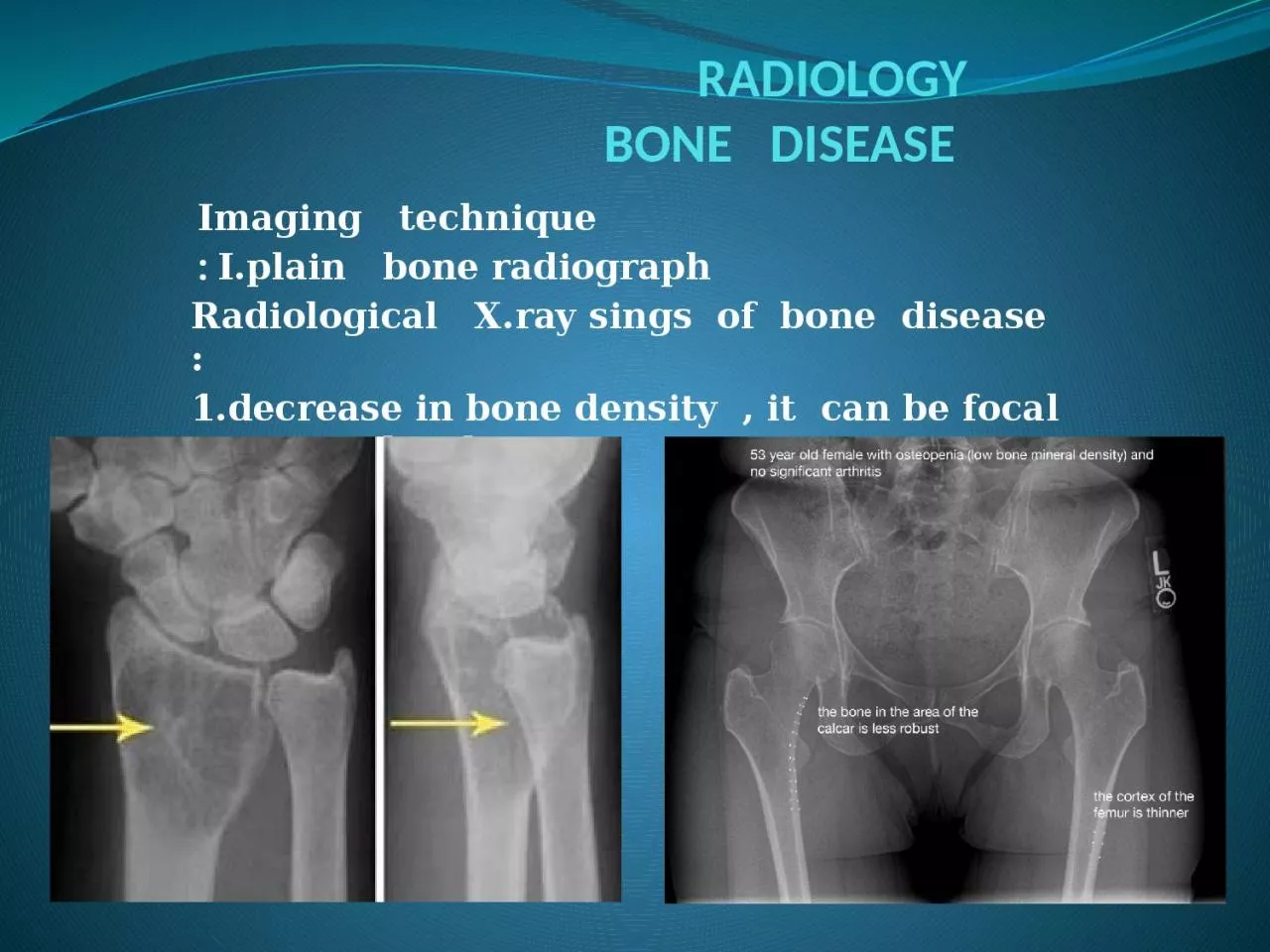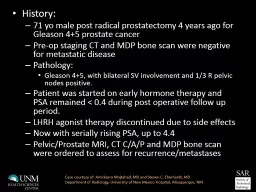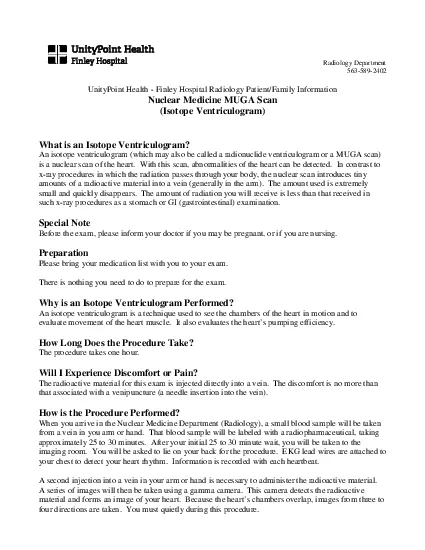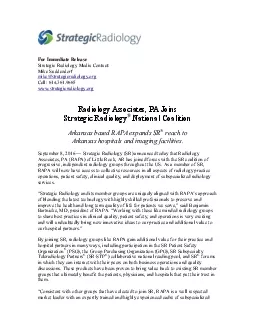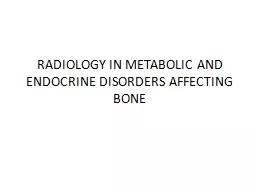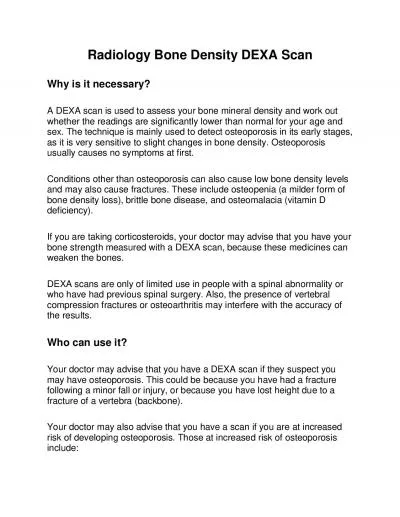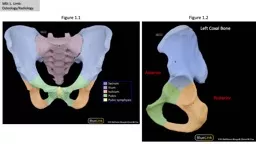PPT-RADIOLOGY BONE DISEASE
Author : dorothy | Published Date : 2022-06-08
Imaging technique Iplain bone radiograph Radiological Xray sings of bone disease 1decrease in bone density it can be focal or generalized 2increase bone density
Presentation Embed Code
Download Presentation
Download Presentation The PPT/PDF document "RADIOLOGY BONE DISEASE" is the property of its rightful owner. Permission is granted to download and print the materials on this website for personal, non-commercial use only, and to display it on your personal computer provided you do not modify the materials and that you retain all copyright notices contained in the materials. By downloading content from our website, you accept the terms of this agreement.
RADIOLOGY BONE DISEASE: Transcript
Download Rules Of Document
"RADIOLOGY BONE DISEASE"The content belongs to its owner. You may download and print it for personal use, without modification, and keep all copyright notices. By downloading, you agree to these terms.
Related Documents

